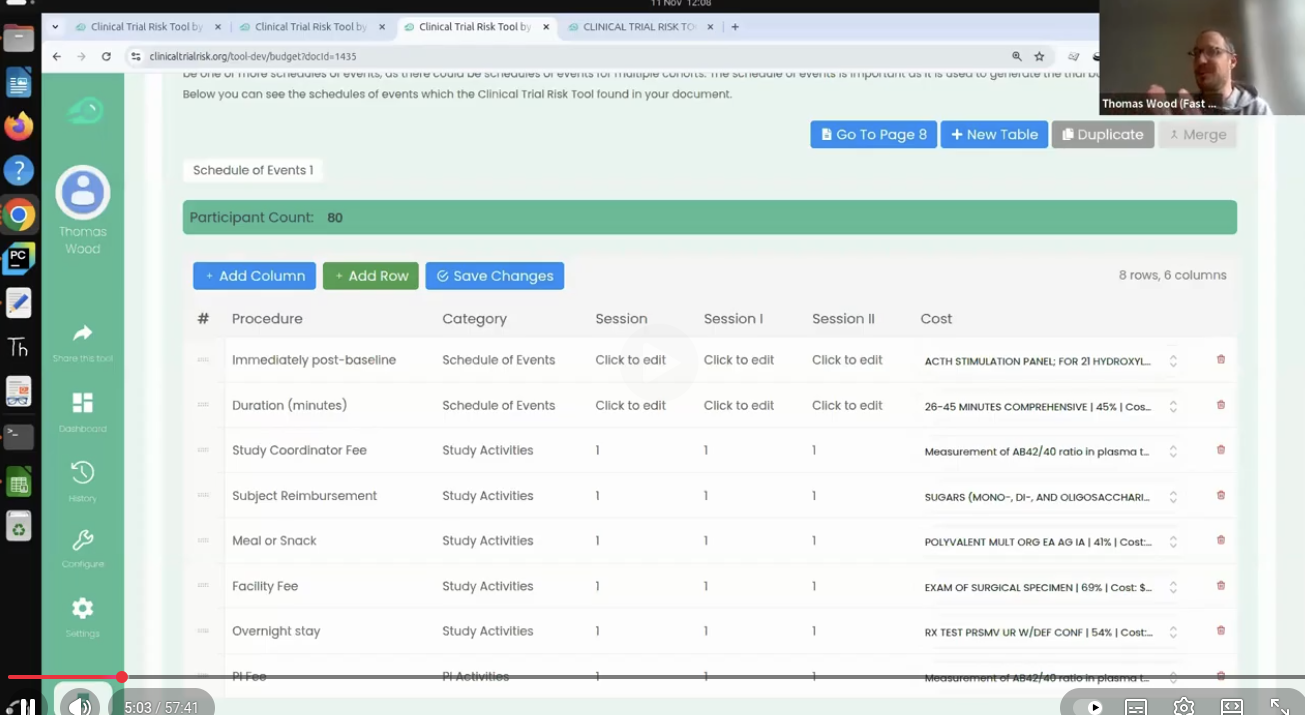
This post originally appeared on Fast Data Science’s blog on LinkedIn.
In today’s ever-evolving healthcare landscape, technology is crucial to improving patient care, streamlining processes, and enhancing outcomes. Natural Language Processing (NLP) is one such technology that is revolutionising the way healthcare organisations operate. For instance, NLP has been used to analyse patient feedback and identify trends in satisfaction levels, leading to targeted improvements in service quality. In this article, we will explore the role of NLP in healthcare, its benefits, and potential applications.
Natural Language Processing) is a branch of artificial intelligence (AI) that focuses on allowing computers to understand, interpret, and generate human language. With NLP tools, healthcare organisations can analyse vast amounts of unstructured document text data, such as electronic health records, clinical notes, research articles, and patient feedback, and extract valuable insights and improve decision-making. Using NLP in healthcare systems comes with its own challenges, such as the need for high-quality data and potential biases in the algorithms used.
Clinical research generates large amounts of unstructured text data, from the clinical trial protocol to statistical analysis plans, adverse events and narrative reports, key opinion leader (KOL) insights, and interview transcripts in Phase 4 trials (real-world evidence). This data often takes the form of many unstructured PDF documents that few clinical research professionals have time to read. This is a huge burden on trial sponsors and contract research organisations (CROs).
The clinical trial protocol is one of the documents seen everywhere in clinical research.
When a pharmaceutical company develops a drug, it must pass through several clinical trial phases before regulators can approve it. The amount of unstructured text generated in this process opens the gateway to pharmaceutical NLP modelling. In particular, the protocol contains key information about how long the trial will run, the risks to participants, what kind of treatment is being investigated, etc.
The problem is that each protocol is up to 200 pages long, and the structure can vary. That’s where machine learning and NLP for clinical trials become helpful.
We have been using NLP to analyse clinical trial protocols in the pharmaceutical industry. We have developed hybrid NLP models for organisations such as the Gates Foundation and the German pharma company Boehringer Ingelheim, which can analyse clinical trial documents and extract key features which can be used to produce an estimate of the risk, complexity or dollar cost of running a trial.
Our model can ‘read’ the document and output a number of metrics that can be combined with a financial model.
You can try a public version of our clinical trial risk tool, limited for HIV and TB trials, here: https://app.clinicaltrialrisk.org/. More information on how the Clinical Trial Risk Tool was developed is at: Wood TA and McNair D. Clinical Trial Risk Tool: software application using natural language processing to identify the risk of trial uninformativeness [version 1; peer review: awaiting peer review]. Gates Open Res 2023, 7:56 (https://doi.org/10.12688/gatesopenres.14416.1)
If you are interested in using NLP to analyse clinical research documentation such as protocols, informed consent forms (ICFs) and statistical analysis plans (SAPs), or narratives, adverse event reports, or KOL insights, please contact Fast Data Science at https://fastdatascience.com/contact/.
One of the most significant ways NLP transforms healthcare is by automating clinical documentation. In the past, healthcare providers spent considerable time manually entering patient information into electronic health records. NLP technology streamlines this process, automatically extracting relevant data from clinical notes. This reduces the burden on healthcare professionals and minimises errors, allowing them to focus more on patient care.
NLP can also play a vital role in enhancing diagnostics and treatment plans. By analysing medical literature, clinical guidelines, and patient data, NLP algorithms can assist healthcare providers in making more informed decisions about diagnosis, treatment options, and patient outcomes. However, it’s important to consider the ethical implications of using NLP, such as data privacy and algorithmic bias, and ensure that its use aligns with ethical guidelines and regulations.
Beyond its clinical applications, NLP holds the potential to improve patient engagement. By analysing patient feedback, social media discussions, and online reviews, healthcare organisations can gain valuable insights into patient preferences, concerns, and satisfaction levels. Armed with this information, they can tailor healthcare services to meet the demand of each patient, ultimately enhancing the overall patient experience.
AI in Pharma: https://www.youtube.com/watch?v=WhlrPFy8Irc
Conclusion
As technology advances, the role of Natural Language Processing (NLP) in healthcare will only continue to grow.
Already, many leading healthcare organisations are harnessing the power of NLP to enhance clinical documentation, diagnostics and treatment, and patient engagement.
At Fast Data Science, clinical research, in particular, has a huge potential for cost savings and financial planning via NLP. NLP can help anticipate trial failures and de-risk clinical trials.
By understanding the potential applications of NLP and integrating this technology into their operations, healthcare organisations will stay at the forefront of innovation and provide the best possible care to their patients.

Thomas Wood presents the Clinical Trial Risk Tool at the Clinical AI Interest Group at Alan Turing Institute The Clinical AI Interest group is a community of health professionals from a broad range of backgrounds with an interest in Clinical AI, organised by the Alan Turing Institute. In the group’s November 2025 meeting, the talk was given by Dr Jeff Hogg, Programme Director, MSc AI Implementation (Healthcare), University of Birmingham and Clinical Innovation Officer in AI, University Hospitals Birmingham NHSFT, titled AI Readiness for Health and Care Provider Organisations.

Guest post by Safeer Khan, Lecturer at Department of Pharmaceutical Sciences, Government College University, Lahore, Pakistan Multi-Arm & Multi-Stage (MAMS) Clinical Trials Design Tips The design of clinical trials is increasingly challenged by the Rising Costs, limited availability of eligible patient populations, and the growing demand for timely therapeutic evaluation. Traditional parallel-group designs, which typically compare a single intervention to a control, are often insufficient to meet these pressures in terms of speed, efficiency, and resource utilization.

You can use the t-test when you want to compare the means (averages) of continuous data between two groups, such as blood pressure or maximum concentration of a drug in urine (Cmax). If you have data with a dichotomous outcome, you can use the Chi-Squared test instead - please try our Chi-Squared sample size calculator. The calculator below will calculate the minimum sample size for you. Your expected effect size d is the standardised effect size according to Cohen’s definition.